The fire, which saved the mission "Apollo"
 Source:
Source:
Fifty years ago during the tests of the rocket which was supposed to take people to the moon, there was a fire. Three astronauts died on the launch pad — but their death was not in vain.
January 22, 1967, Cape Canaveral, FL
One of the most famous NASA astronaut, Lieutenant Colonel Virgil Grissom, more and more disappointed in his last mission. And he had every reason to be angry.
A Former fighter and test pilot, Grissom was the second American to go into space (and third actually). In March 1965 he became the first astronauts who went back into space with the new double spacecraft "Gemini". A year later he was selected as the first commander of the "Apollo" spacecraft, designed to eventually deliver the crew to the lunar surface and safely return him to Earth.
If everything went according to plan, Grissom headed to the mission to the moon. But in the meantime, however, even tear "Apollo-1" off the ground was a problem.
"the Flight was literally cursed," said Jerry Griffin, head of navigation systems and control systems and later Director of flight missions "Apollo". "When the spacecraft "Apollo-1" was delivered to Cape Canaveral, he was not in the best shape and had to do a lot of work to bring it up in readiness."
the Crew of three astronauts had to pass the routine test
The Mission "Apollo" was scheduled in two phases. "Apollo 1" was the first manned flight in the program, "Block 1". Built by North American Aviation, it was designed to bring the crew of three and test a bunch of new systems in orbit around the Earth. The spacecraft "Apollo", is able to send astronauts to the moon, had to be built to "Block 2".
"It was a very complex spacecraft, in comparison to everything that they built before," says Allan Nidell, curator of "Apollo" at the National Museum of air and space in Washington, DC. "There were many repeated trials, some of the work was mediocre".
In fact kept coming up was problems with the wiring, coolant leaks, malfunctions in the life support system and glitches with the radio stations. "They had problems with quality control, problems with deadlines, problems with testing," says Nidell. "By the time it was built the capsule "Apollo-1", they have a communication problem — it literally tore problem."
Even the astronauts thought that the capsule is cursed. The program "Apollo" was clearly not in the best shape.
13:00, 27 January 1967, the 34th launch complex
The So-called test Plugs-Out Integrated Test was supposed to be a full simulation of the launch of "Apollo" under the supervision of the control center at Cape Canaveral and the center of mission control in Houston. The only difference between this and a real launch was that the rocket "Saturn", which was the capsule with the crew, no fuel.
"It was the dress rehearsal, we were fully staffed," says Griffin, who was at his console in Houston. "We started the countdown and everything was very realistic."
As a commander, Grissom walked into the command module first and took his place in the left seat. He was followed by Roger Chaffee, who sat to the right, followed by ed white, who, being the pilot of the command module, occupied the Central place. White distinguished himself during the mission "Gemini 4" in 1965, becoming the first American, released in space walk. Being a Navy pilot, very skilled, Chaffee was the only newcomer among the astronauts.
Almost immediately after they took their places in the test, the problems started. Connecting the suits to the systems of oxygen supply, Grissom reported a sour smell, "it smells like buttermilk", and the samples were taken and analyzed. Nothing strange air flow is not detected, and after an hour and twenty minutes the hatch of the spacecraft, finally, tightly closed.
Complex the hatch consisted of three sections — the inner section for sealing the space vehicle heat shield and the outer door on the fairing. This outer portion must be discarded shortly after launch. It took several minutes to shut down and check all the components.
When the countdown resumed, the air in the capsule was replaced by pure oxygen. Oxygen was maintained at a higher pressure inside the capsule than outside. It simulated a high blood pressure of the spacecraft in orbit and allowed the astronauts to breathe freely.
Capsule "mercury" on the one man capsule "Gemini" for two — everything was the same procedure without any incidents. It was so routine that in the safety manual when you check the spacecraft, nothing was said about the dangers of strapping crew of an experimental space capsule in an oxygen environment under pressure.
17:40, the spacecraft "Apollo-1"
During the day there were communication problems between earth and the spacecraft, which was only a few hundred meters from the control center to the launch pad. At as continued the countdown and more and more systems are connected to the "Apollo 1", sometimes it was impossible to make out what they say to the astronauts. "I remember that Grissom was really annoyed," recalls Griffin. "He literally went crazy".
"Jesus Christ!", exclaimed Grissom. "How are we going to get to the moon if we can't establish a connection between two or three buildings?".
After more than four hours of sitting on couches in a cramped spacecraft, the countdown is put on hold, as the crew tried to repair the communication system and isolate the problem. Finally, at 18:10 everything was ready for the final supply of energy and running.
18:31 (17:31 local time), the mission control center in Houston
"They stopped to fix the problem and we have all become, most people went on a break," says Griffin. "For some reason I left my headphones are included and heard a noise similar to static, and then silence for a split second. And then I heard the word "fire" from the crew, and that was all."
The Officer Manfred von Ehrenfried was at a nearby console. "We couldn't believe what we hear, he says. — Did you hear what I? Did you hear that?".
"I called a few people, says Griffin. Hey, there's something happening!".
"I thought the launch site, something fell off or something," he says. "And while the court Yes business, everything came back and it took a few minutes to figure out that the fire was in spacecraft".
18:31, Cape Canaveral, the spacecraft "Apollo-1"
"Fire, I smell fire," this phrase sounded the first alarm bell that in the capsule there was something wrong. It was not clear whose voice it is: Chaffee or white. "Fire in the cockpit."
After a few second the fire broke out from the place of his appearance and drew in the wall on the left side of the module. The flames rose vertically and spread through the ceiling of the cabin, scattering beads of melted nylon with harness and mounts on the crew. All subsequent communication was illegible, the only thing that worked out is a "terrible fire". The transmission ends with a cry of pain.
In fifteen seconds after the first message about the fire, the TV camera at the site showed, as the flames fill the command module.
"Then you hear people on the ground trying to save the crew," says Ehrenfried. "And then gradually begin to realize that everything is very bad. We didn't know how bad until I heard in the headphones: "We've lost them."
02:00, 28 January 1967
Seven-and-a-half hours after the fire, the ground crew finished lifting the remains of the crew out of the capsule and started sifting through the wreckage in search of the source of the fire. The interior of the apparatus resembled an incinerator — every surface is scorched, blackened or melted. Trying to save the crew of 27 people on the pad took a lot of smoke and two others were hospitalized.
Despite the potential conflict of interest, NASA gave the go-ahead to conduct its own internal investigation into the causes of the incident, without external political interference.
To the Board of inquiry included astronaut Frank Borma, one of the most experienced astronauts in the world, recently completed the 14-day mission in "Gemini-7". Griffin instructed the team Bormann to examine the shortcomings in the design of the spacecraft "Apollo".
"Apollo 1" was gradually dismantled, trying to isolate the cause of the accident, but can't identify a single ignition source. "We still don't know what started the fire," says Griffin. "The spacecraft was temporary wiring, could be shorted or have a little spark".
"that day we learned," adds Griffin, "you can burn anything in an environment of pure oxygen if you can find where to start". And after the fire in the capsule began to burn a variety of combustible materials, including piles of papers with checklists, Velcro fastening and nylon mesh.
Nidell agrees that oxygen under high pressure was the main cause of the disaster. "They did it with "mercury" and "Gemini", they are very lucky that nothing happened," he says. "Wires and pitfalls in the "Apollo" was a hundred times more.
April 1967
Just three months after the accident, a report was published on the investigation of the fire in the "Apollo 1". Although...
Recommended
The Americans on the moon: what everyone should know?
the Upcoming cosmonautics day is my favorite holiday. It marks the triumph of the human mind: in just four thousand years Homo Sapiens went from hunter-gatherers to space explorers. 12 April 1961 Soviet cosmonaut Yuri Gagarin became the first man in ...
Why are some galaxies spiral shaped?
you Know what surprised me the most? The fact that we perceive the surrounding world as it is. Animals, plants, the laws of physics and the cosmos are perceived by many people as something so mundane and boring that they invent fairies, ghosts, monst...
Astronomers were able to see the death of another star system
In the cosmic ocean drifts a lot of mysteries about the existence of which we are unaware. One of these was uncovered five years ago, when astronomers have discovered a lonely star at a distance of 570 light years from Earth, the brightness of which ...
Related News
New end of the world scheduled for February 16 of this year
the Artistic representation of the asteroid «2016 WF9» do you Have plans on February 16? Because if it's something important, we would suggest to postpone the decision of these cases a couple of days earlier. Who knows, ...
What is a normal day like the astronaut in orbit?
Volunteers are trying to live on Earth as the astronauts during the preparation for manned missions to Mars, but there are insulated, constraints, and terrible food. After spending almost a year without fresh air in a constrained ...
The Boeing company unveiled a new space suit for astronauts
the Us company Boeing has unveiled a new model for astronauts, on which engineers and designers worked for several years. This suit is used by astronauts on the manned transport spacecraft Cockpit (CST-100), also developed by Boei...
Drafted spacecraft that will be able to do without rockets
Now for the withdrawal of cargo and astronauts into orbit used rocket-carriers with detachable steps. And not the first year projects, in which it would be possible to use «common» aircraft. Of course, there are the ship...
Breakthrough Listen: video gaming modernized search of aliens
Iconic Australian telescope began a serious search for extraterrestrial civilizations. It uses well-known and conventional technology to determine the location of the signal. The Parkes radio telescope located in New South Wales i...


















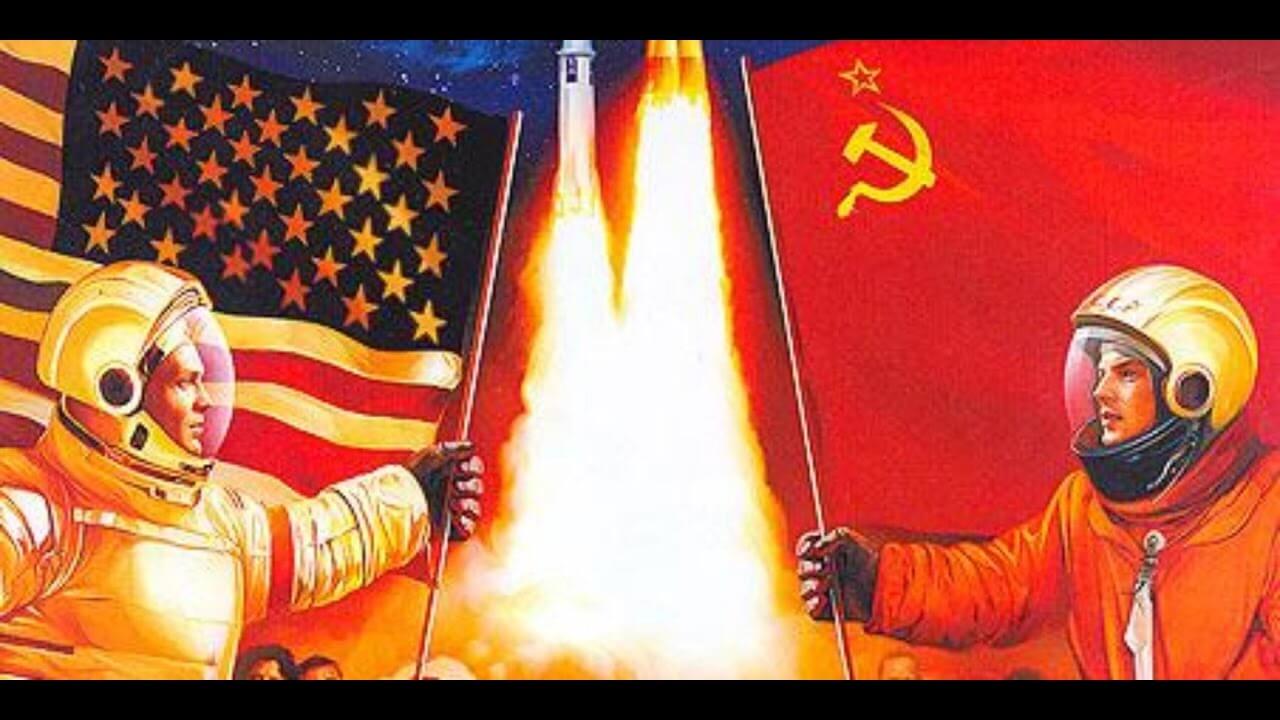
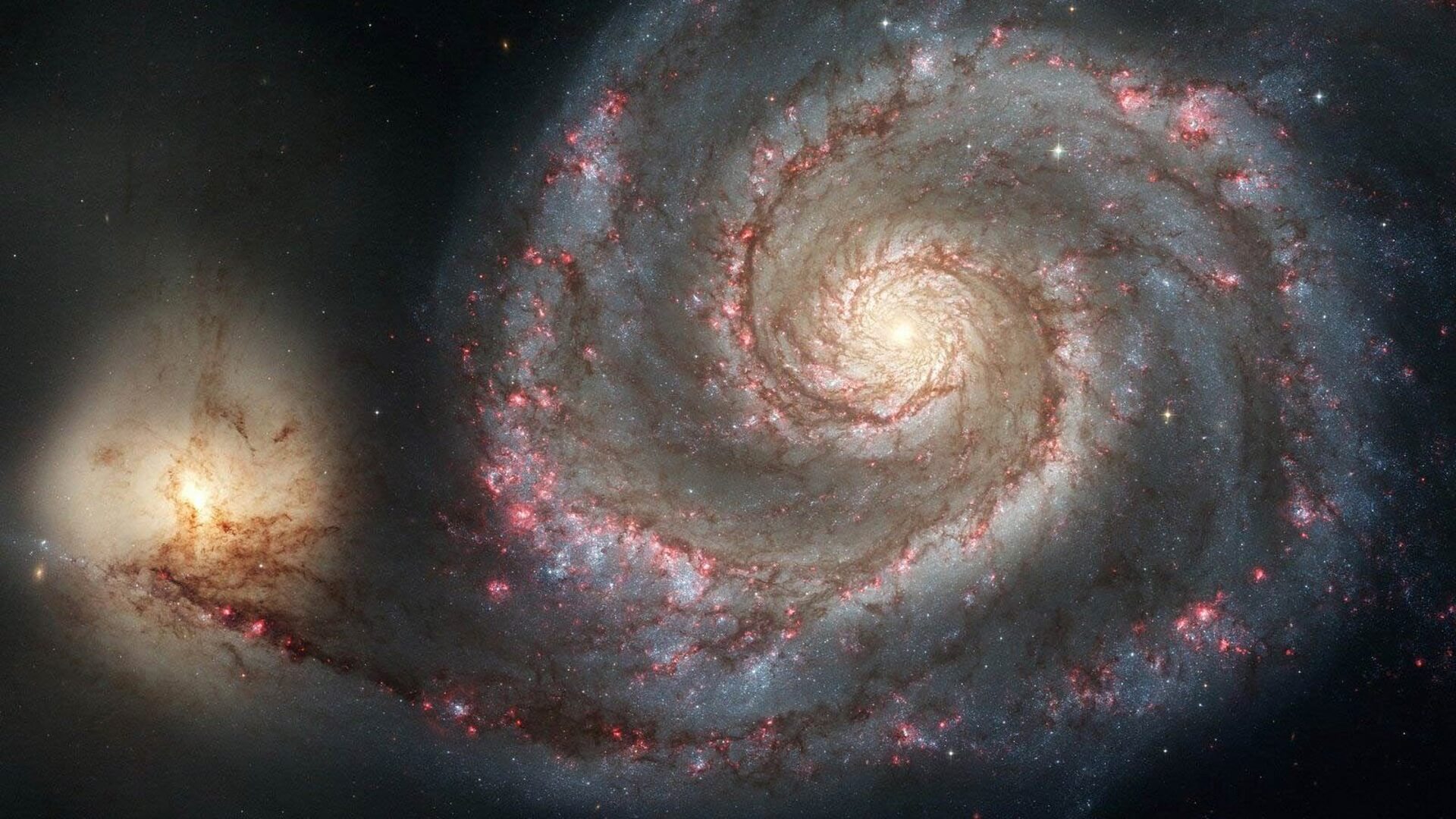
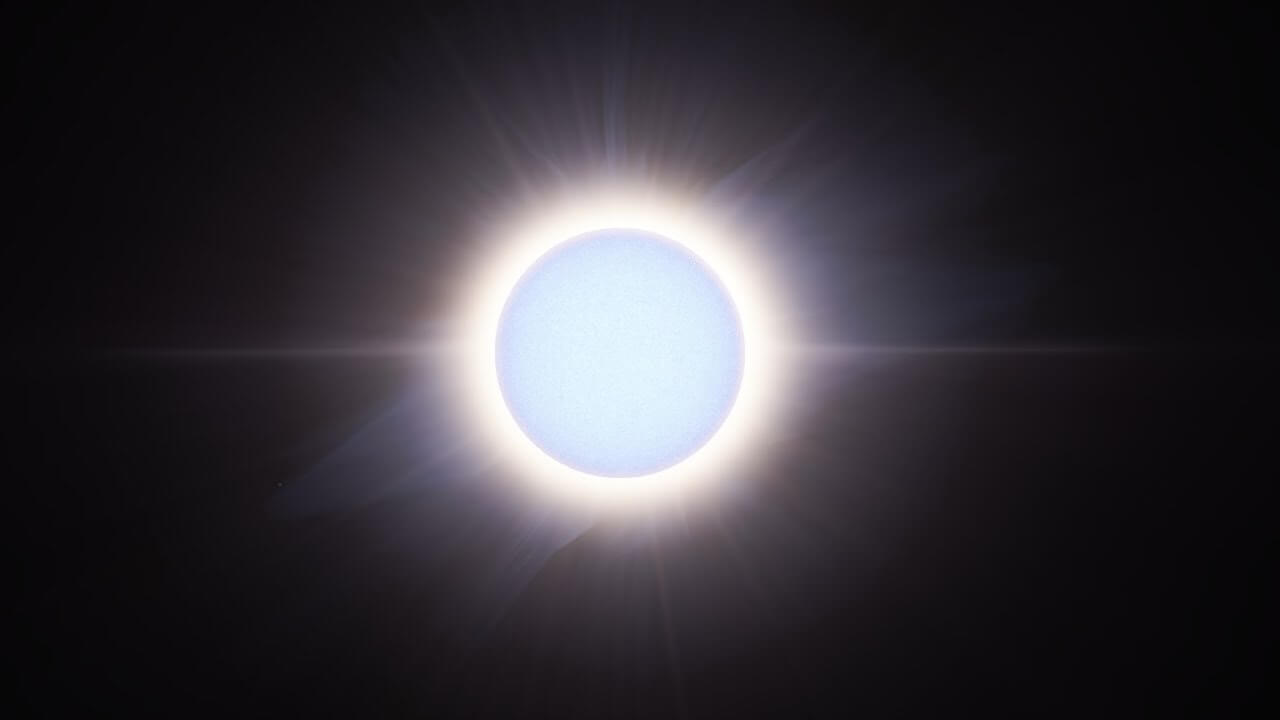

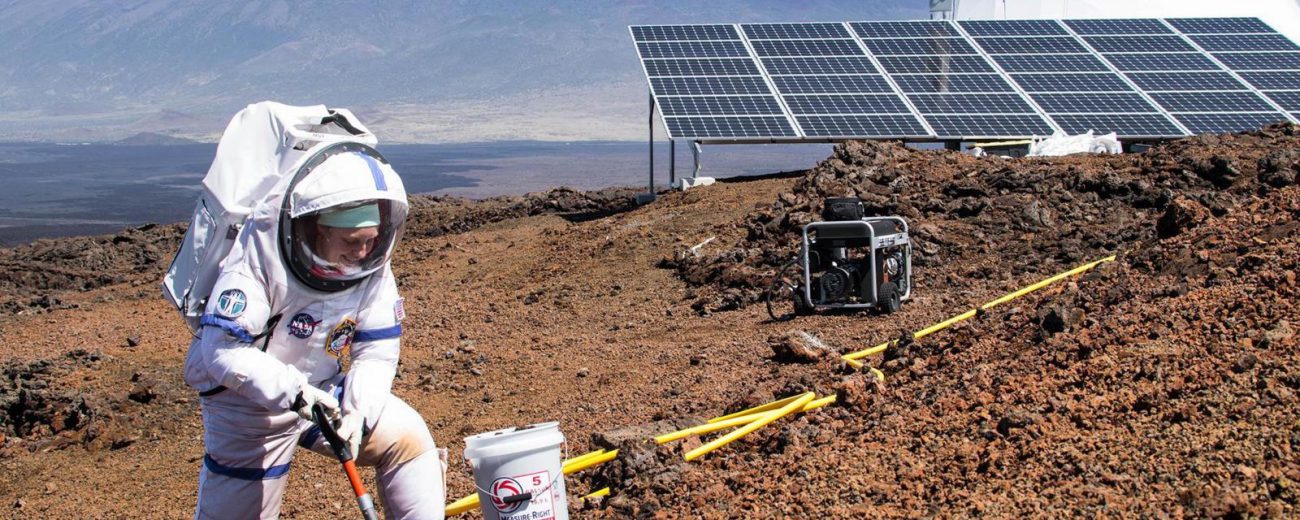
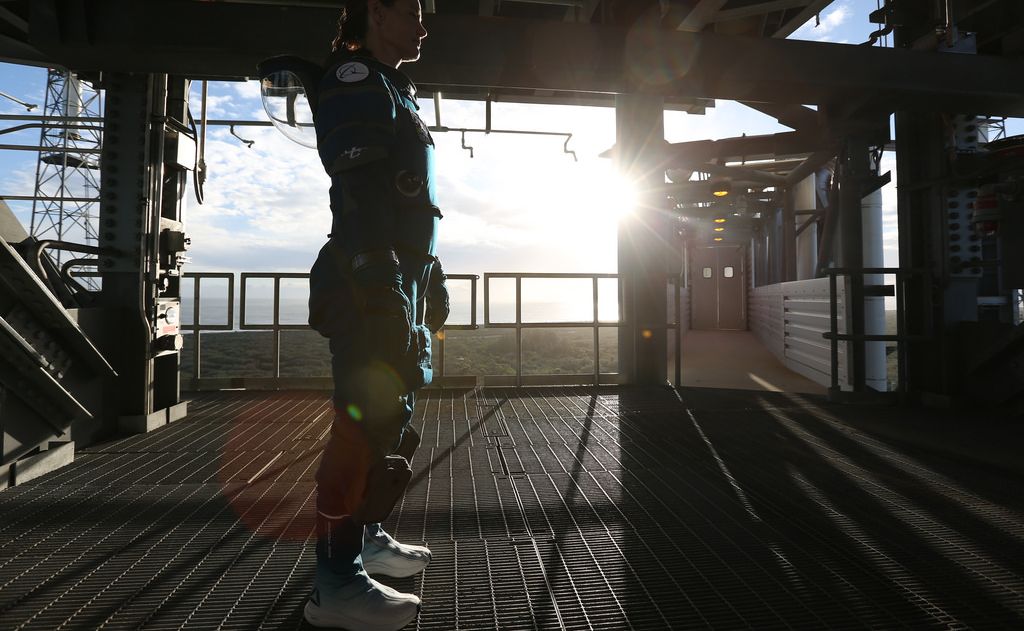
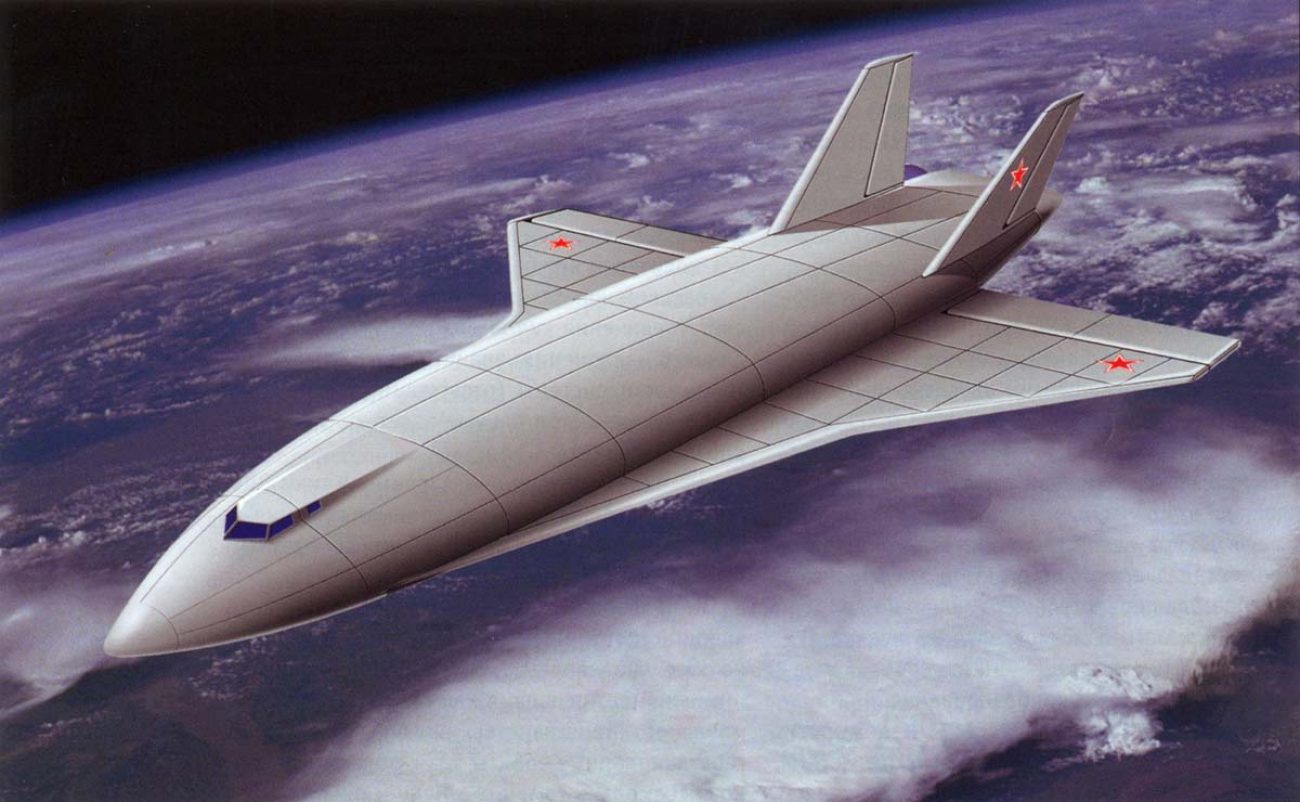
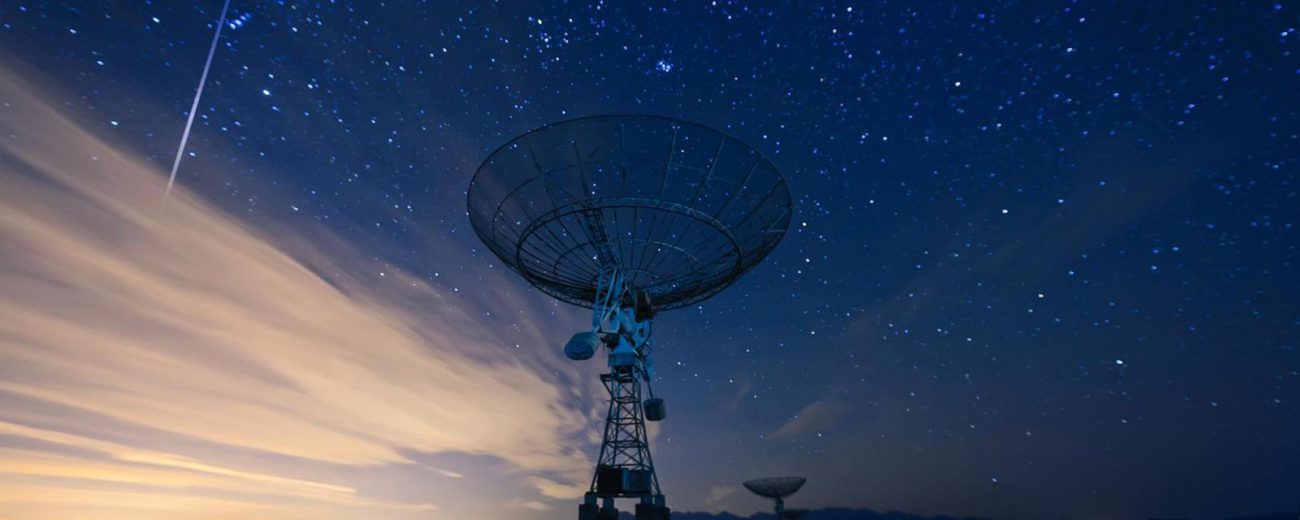
Comments (0)
This article has no comment, be the first!